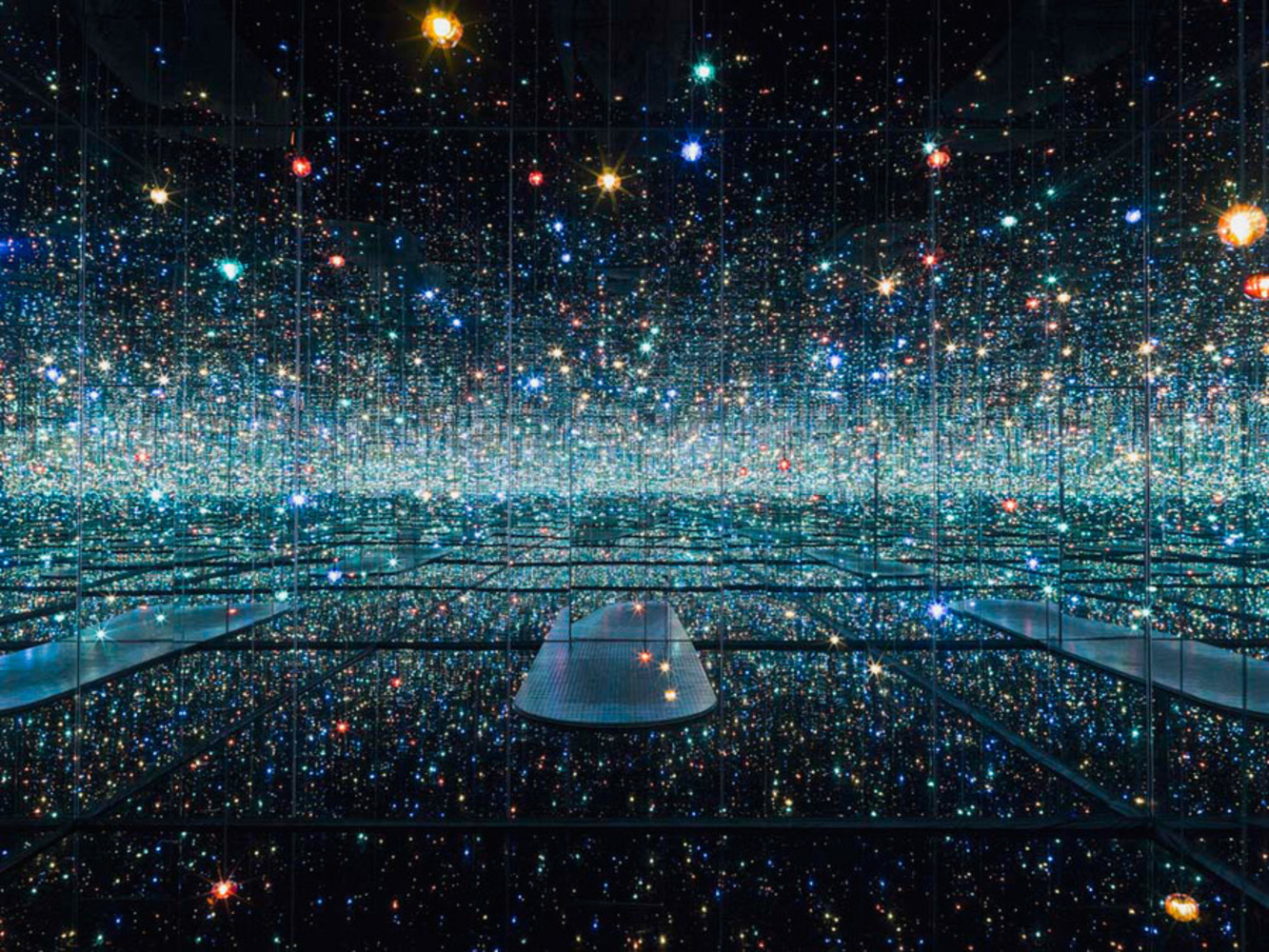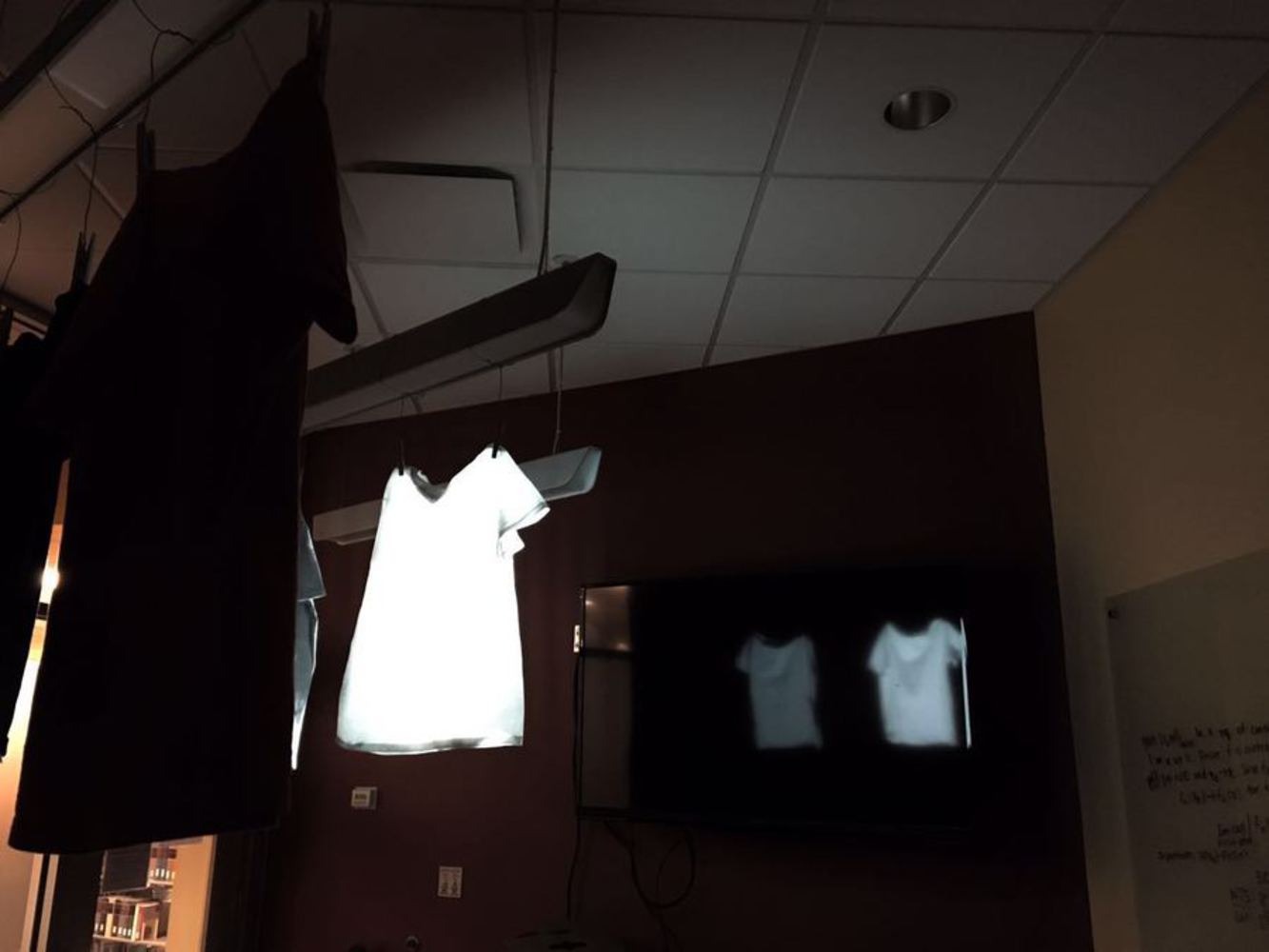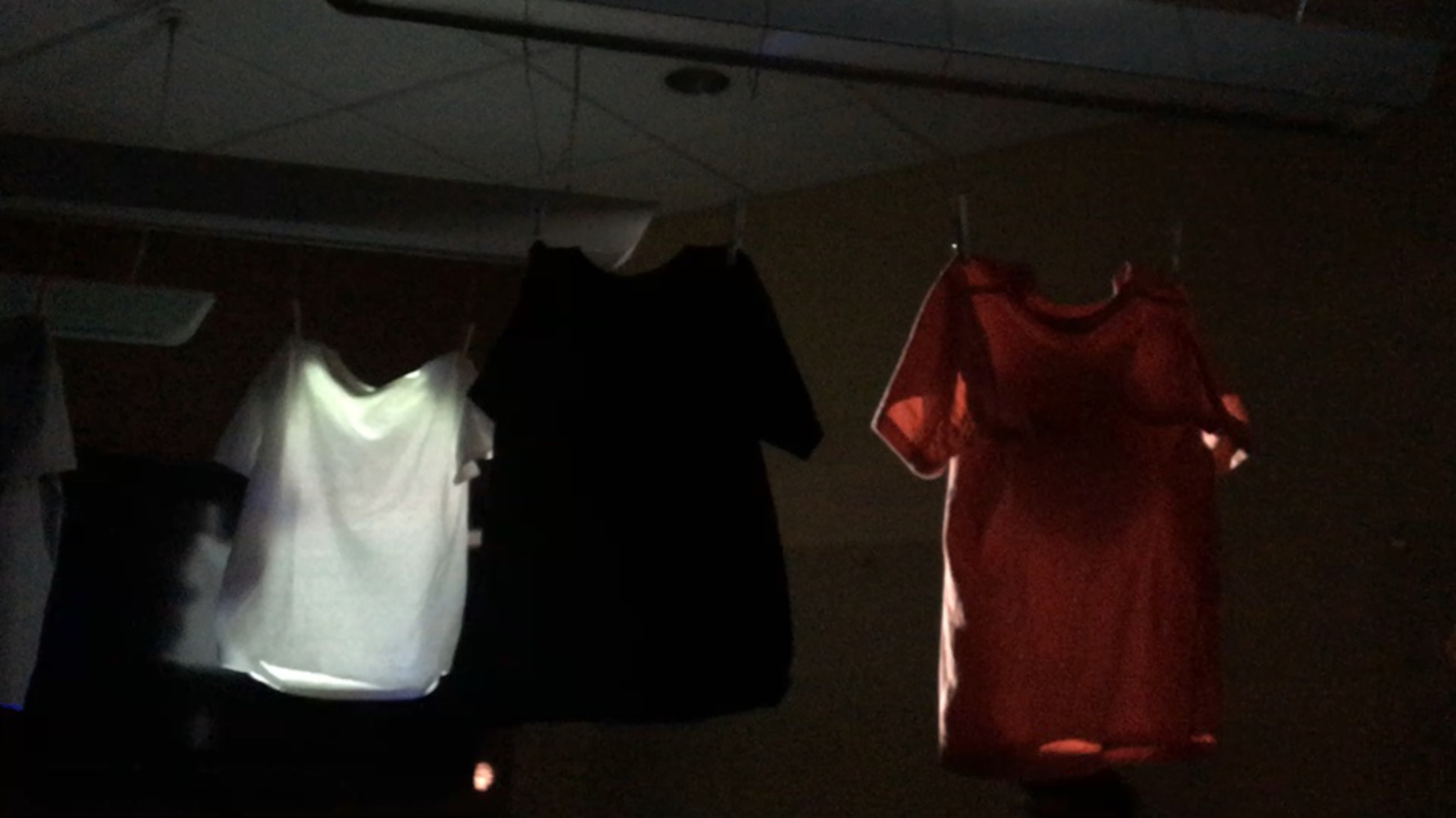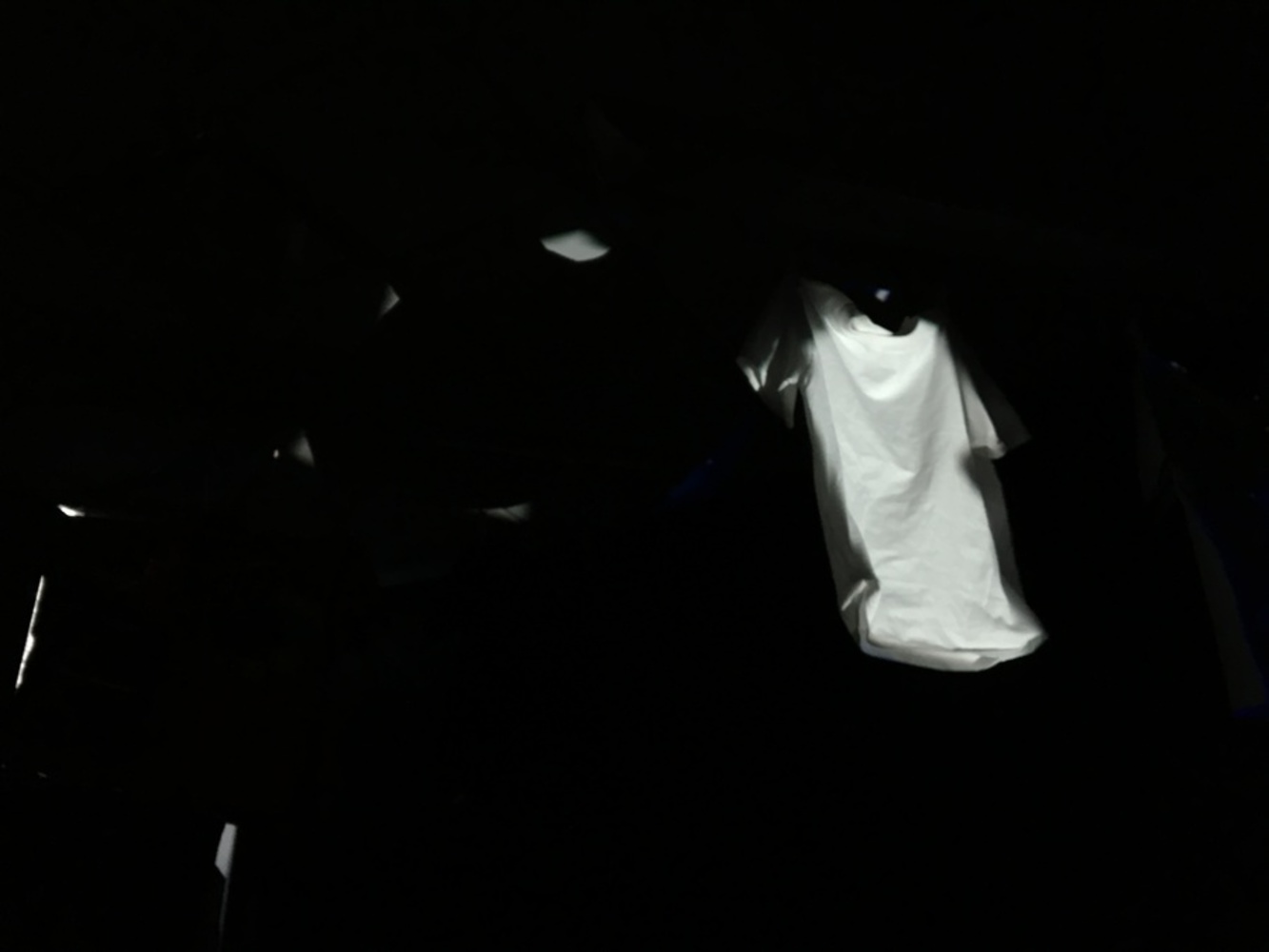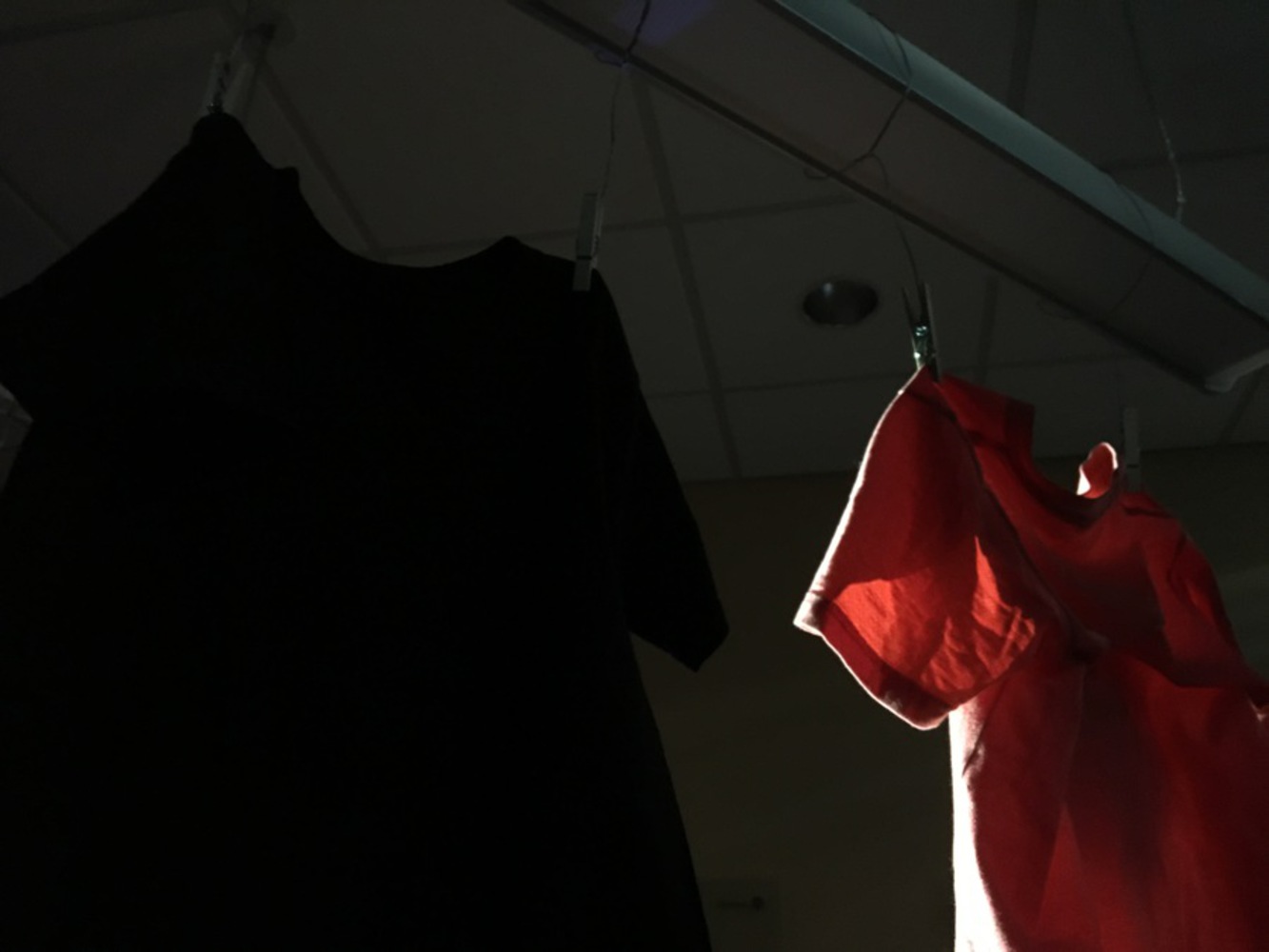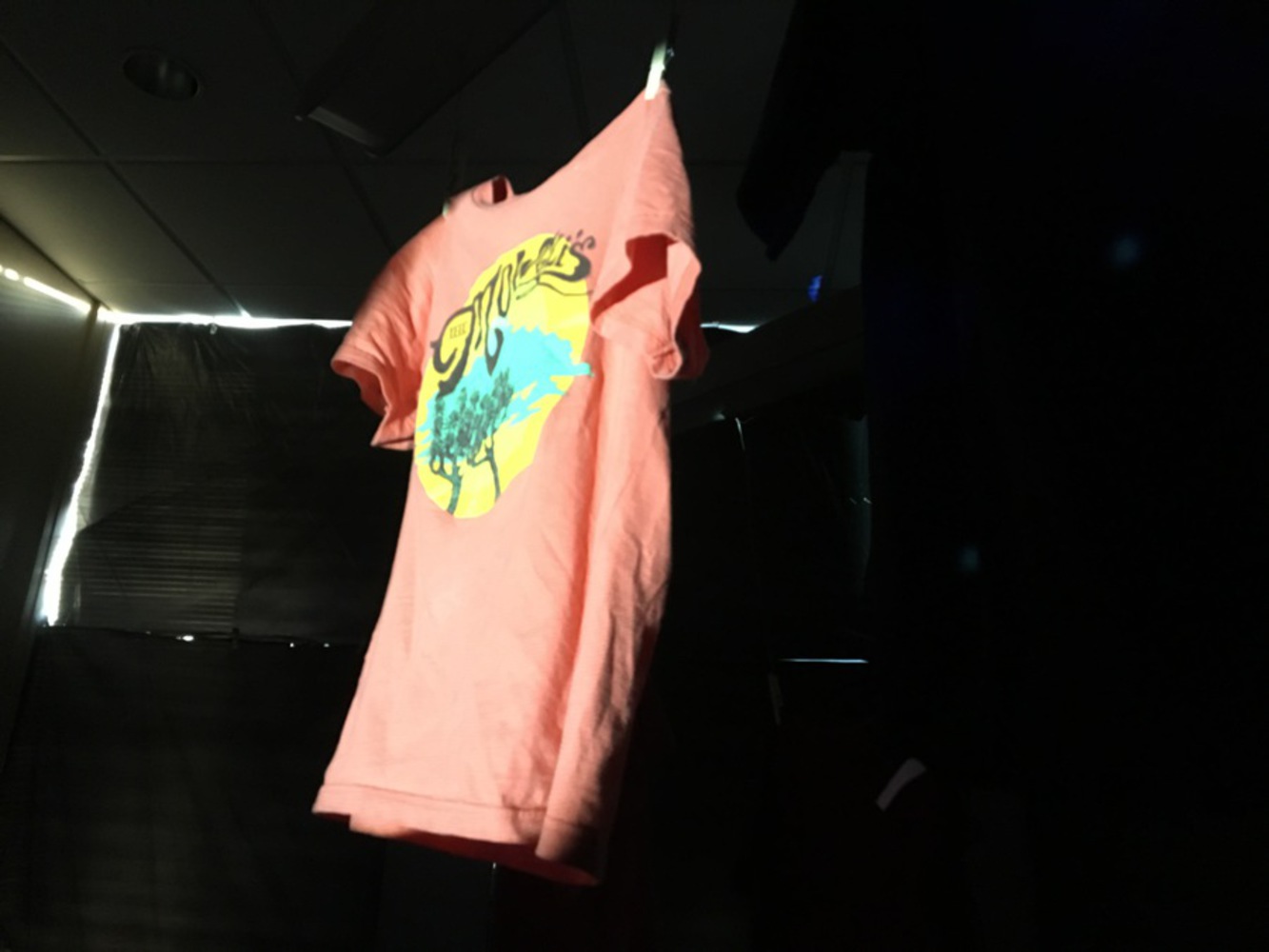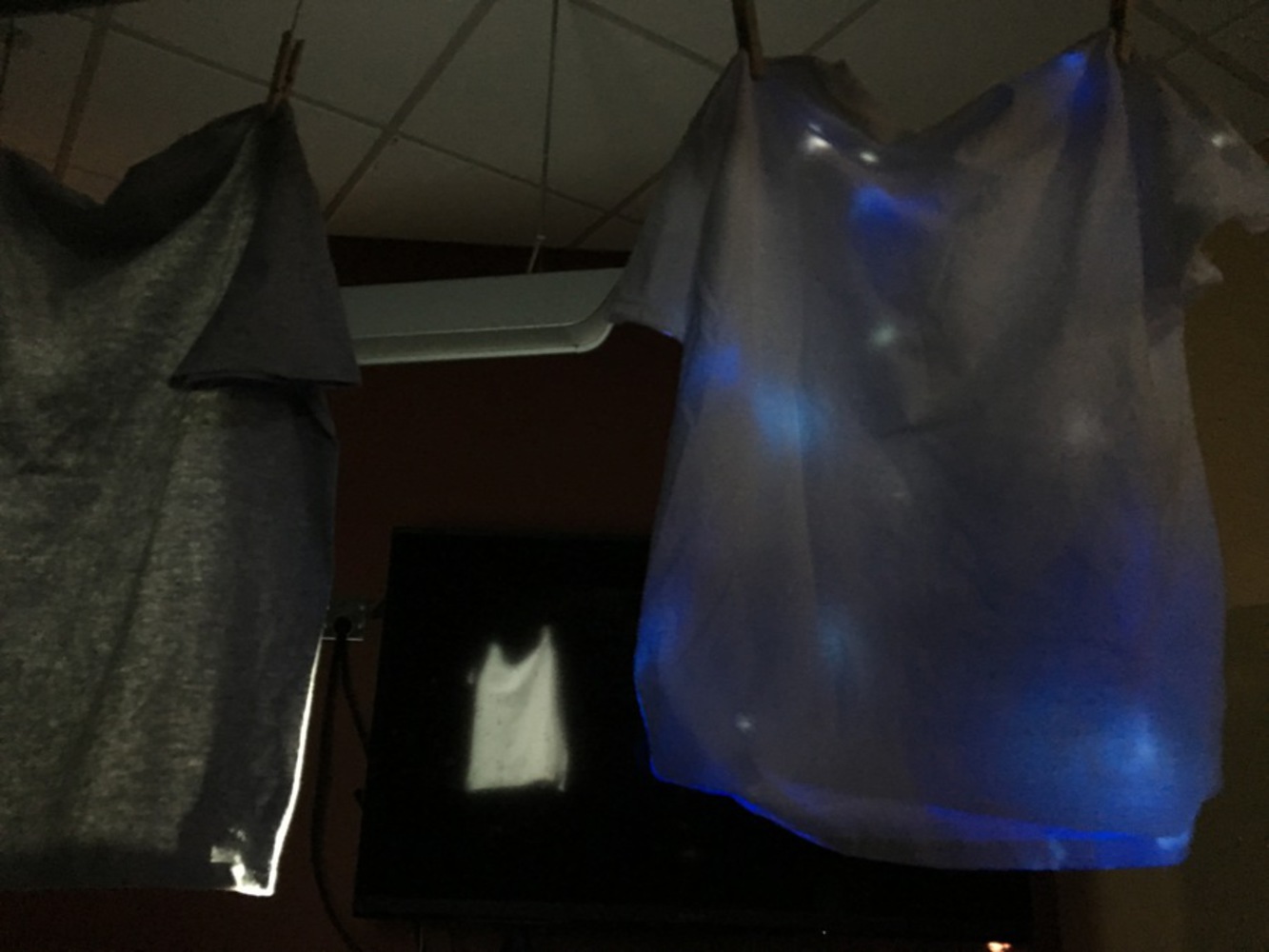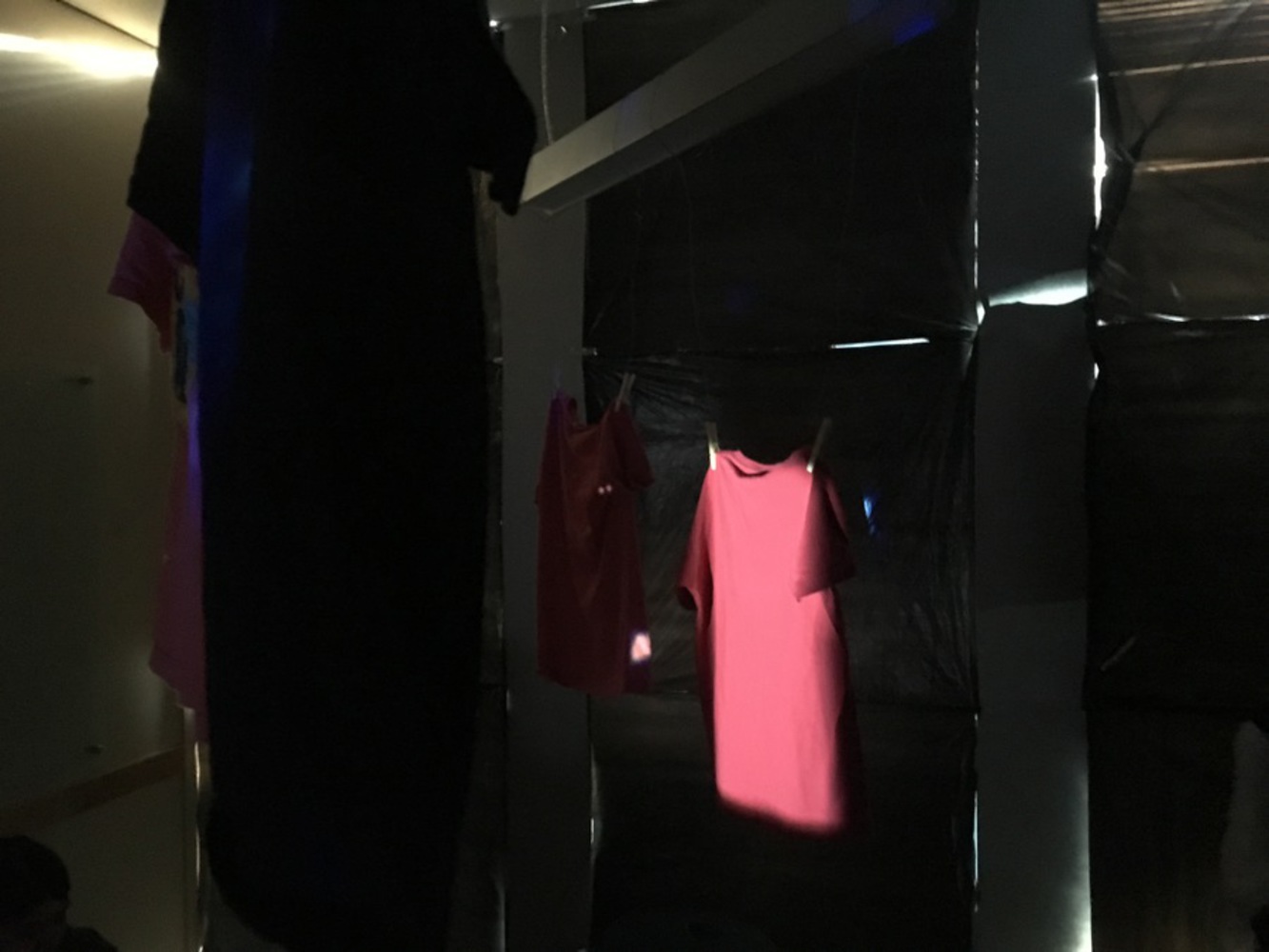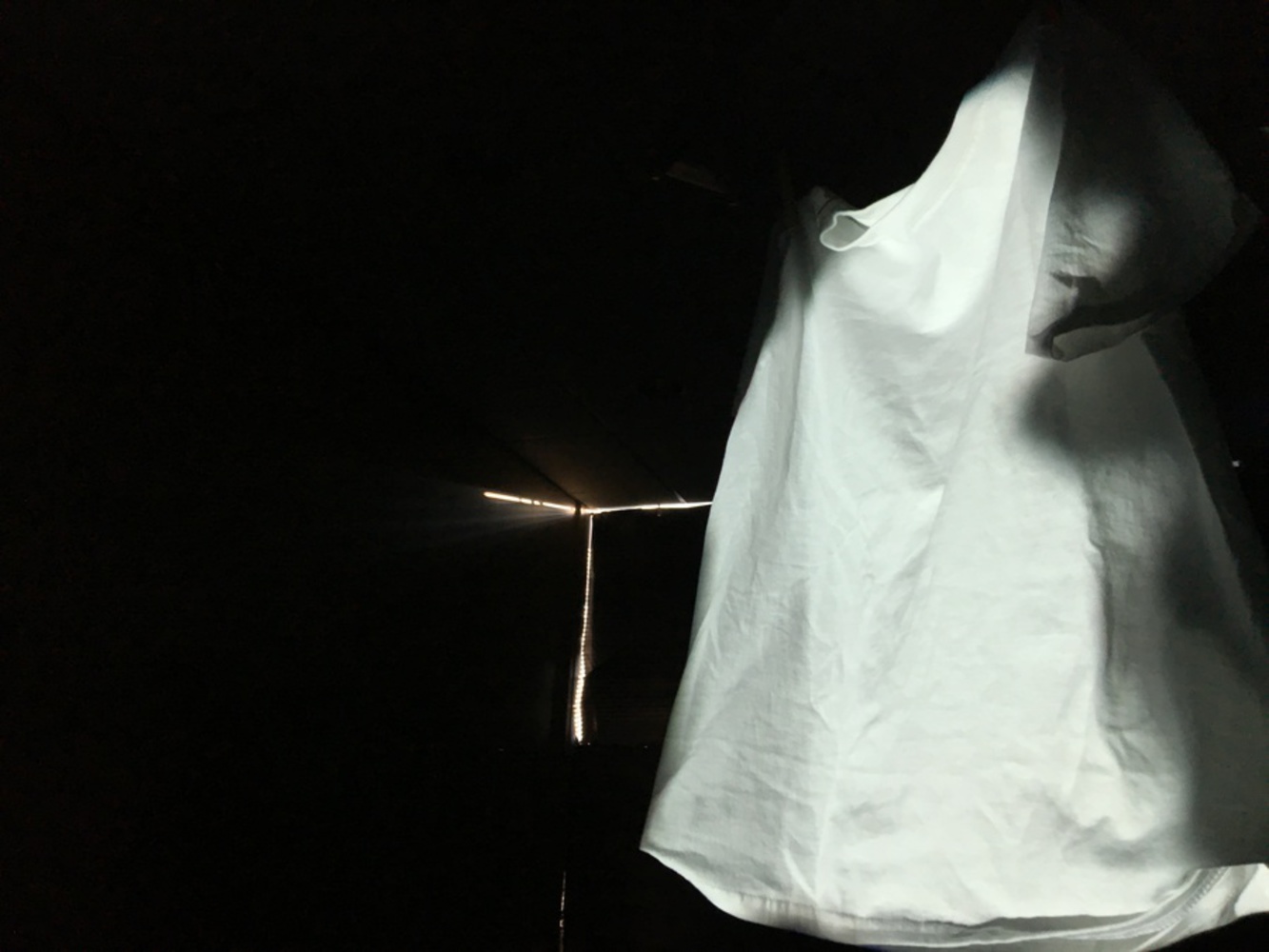Curatorial Statement:
"The cosmos is within us. We are made of star-stuff. We are a way for the universe to know itself." - Carl Sagan
Inspired by the quote above, we created an installation that explores the individuality of human beings and its relation to the space. Incorporating symbolic elements (T-shirts, light) and audio-based interaction, we developed a space that invites audience to reflect on the universality and diversity in the space we are in.
Intention
"The cosmos is within us. We are made of star-stuff. We are a way for the universe to know itself." - Carl Sagan
This quote is what inspired our original installation in module 3. We wanted to show what unites humanity. That we may be very different, but in the end, we are all made of the same "star-stuff".
Last time due to time constraints, we were not able to refine our installation to an intuitive, interactive, beautiful level. For the rework this time, we want to brush up the implementation of our installation. We reconsidered the location (availability, spacial compatibility with our installation), arrangement of our components (intuitive connection to our intention, visual effect).
Previous work:
